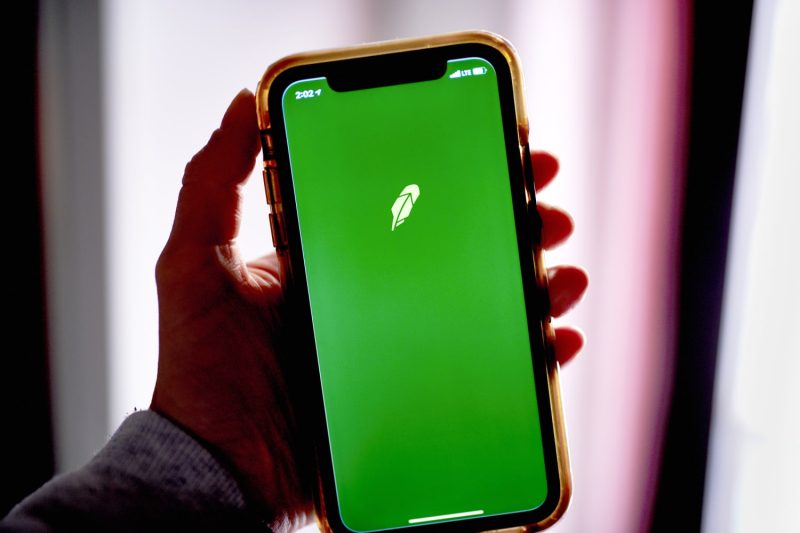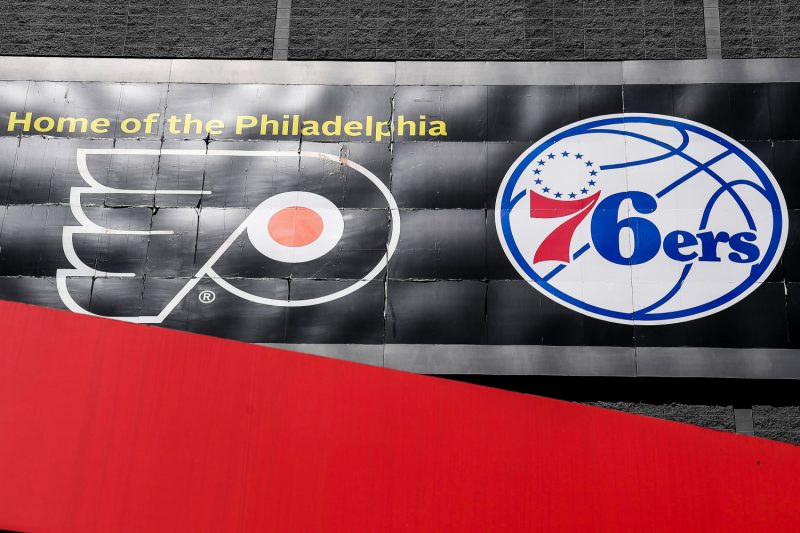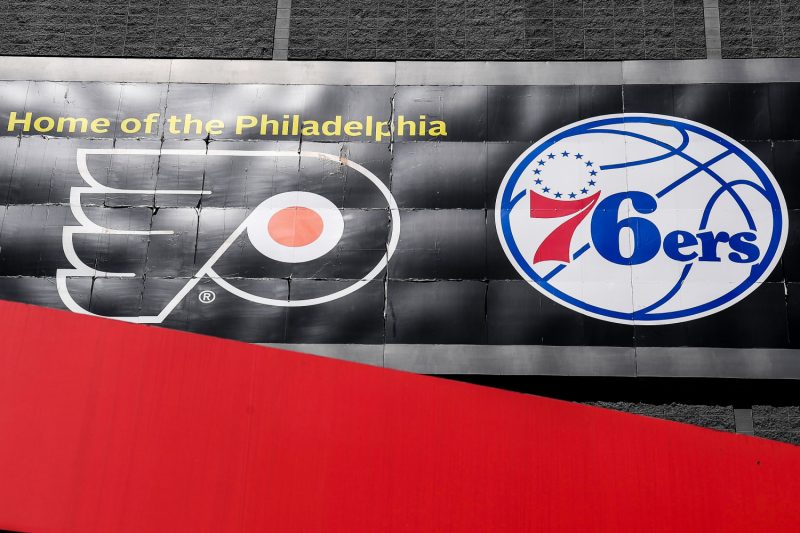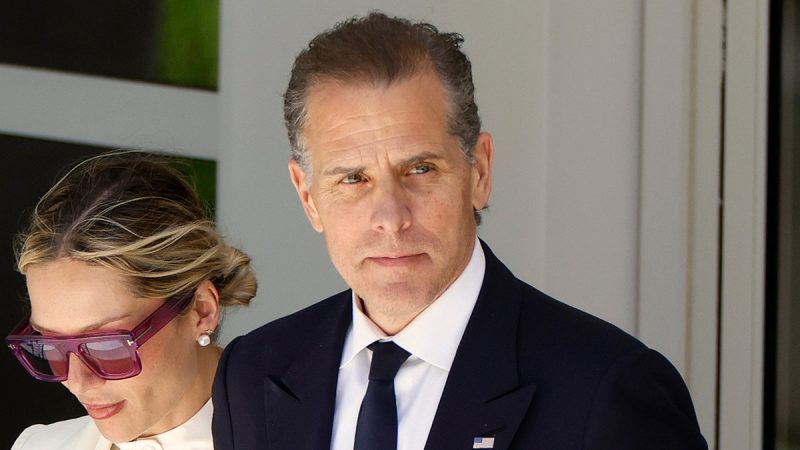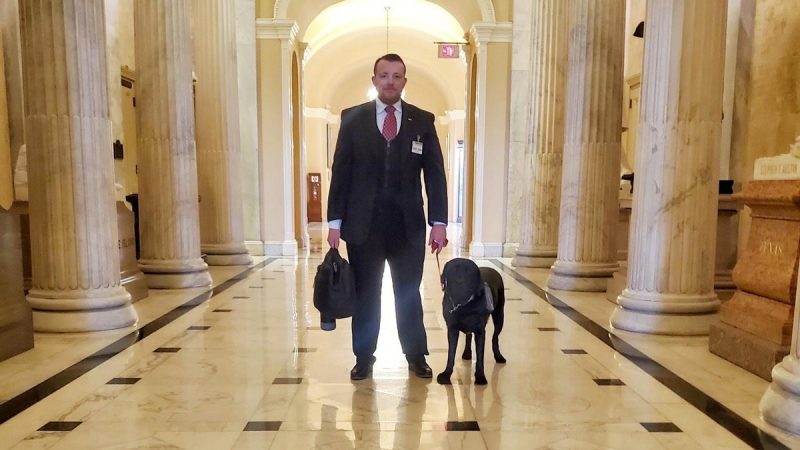
In a major reversal, some U.S. intelligence agencies are now saying a foreign adversary could be behind the mysterious ‘Havana Syndrome’ brain injuries reported by U.S. diplomats and government workers overseas. While the overall assessment from the intelligence community remains, it is ‘very unlikely’ Havana Syndrome could be caused by a foreign actor, two out of seven U.S. intelligence agencies now say it is possible a foreign adversary could have developed a weapon that could cause such brain injuries.
Adam, a former government employee whose identity Fox News agreed to protect, considered to be ‘Patient Zero,’ was first attacked in December 2016 while living in Havana on assignment. Adam experienced multiple attacks and described pressure to the brain that led to vertigo, tinnitus and cognitive impairment.
Adam and other victims have been pressing the U.S. government to find a culprit. He said he is starting to feel hopeful now that two of the seven U.S. intelligence agencies acknowledge a foreign adversary, he says likely Russia, has developed a weapon that could be responsible for the kind of neurological injuries reported by those suffering from Havana Syndrome.
‘This has been an eight-year fight. I don’t know if I would say I feel vindicated yet. We will get there. The truth will come out. And when that’s fully exposed, I think that’s when I will say that I’m vindicated… I’m hoping the new administration can pay that debt and we can hold those responsible that have covered this up and partaken in some egregious behavior, frankly, because we all deserve better. The American people deserve better than to be lied to like this,’ Adam told Fox News.
Adam was one of six Havana Syndrome victims to attend a meeting in the White House situation room on November 18th, 2024. The meeting was designed to provide the incoming administration with a roadmap on Havana Syndrome, also called Anomalous Health Incidents (AHI’s). The three-hour meeting was chaired by NSC Coordinator for Intelligence and Defense Policy Mahar Bitar. The victims say they received a moving apology from the NSC staff on how they were treated by the U.S. Government.
The NSC released a statement following the updated assessment from the intelligence community:
‘Today’s updated Intelligence Community Assessment, which is the product of ongoing analytic efforts and includes a shift in key judgements by some intelligence components, only reinforces why it is vital that the U.S. Government continue critical research, investigate credible incidents, and strengthen efforts to provide timely care and long-term clinical follow-up,’ the statement read.
The NSC will brief the incoming Trump administration on the ‘full scope of ongoing work that should continue,’ the statement continued to say.
Adam said it has long been obvious to the victims that a foreign adversary could be behind the suspected directed energy attacks.
‘Here’s the piece that, you know, astounds me. Can the CIA not Google? Because if anyone could sit and Google China, neuro-strike weapons, Russia, super weapons, they have been very public in the press that they have directed energy weapons programs that do exactly what they did to us and that they plan on deploying them in conventional warfare,’ Adam said.
The Office of the Director of National Intelligence (ODNI) released the report and held a background call with reporters on Friday.
The new assessment from the intelligence community said, ‘New reporting led two components to shift their assessments about whether a foreign actor has a capability that could cause biological effects consistent with some of the symptoms reported as possible AHIs. This shift consequently led two IC components to subtly change their overall judgment about whether a foreign actor might have played a role in a small number of events.’
The ODNI official explained the change in assessment of the two intelligence agencies.
‘They judge there is a roughly even chance a foreign actor has developed a novel weapon or prototype device that could have harmed a small, undetermined subset of the U.S. personnel or dependents who reported medical symptoms or sensory phenomena as AHIs,’ the official said.
For both of these components. They have a low confidence in their judgments,’ the official continued to say.
The Republican-led CIA Subcommittee Chairman Rick Crawford (R-Ark.) released an interim report on the committee’s separate investigation into Havana Syndrome. The report concluded that it is ‘increasingly likely’ that a foreign adversary is responsible for ‘some portion’ of the incidents.
The subcommittee accused the intelligence community of withholding valuable information from them in the interim report.
‘The IC’s inconsistent approach has had detrimental effects on IC personnel, trust in the IC by policymakers, the understanding of the American public, and perceptions of the IC by both foreign allies and adversaries,’ the report said.
Crawford vowed to work with the incoming Trump administration to get answers for affected federal employees and the public.
Attorney Mark Zaid who represents some of the victims said the new assessment indicates, ‘evidence has only moved closer to the Intelligence Community acknowledging the involvement of a foreign adversary, not away.’
Adam hopes the Trump administration will keep pressing for answers on Havana Syndrome and what caused hundreds of workers brain injuries.
‘Now there is also new information that’s in play, and it’s so irrefutable that even they can’t stand by and watch this cover-up continue… we’re hoping that we’re going to have a more amenable administration that cares about its workforce and cares about the truth,’ Adam said.
This post appeared first on FOX NEWS
